Tyrosine Kinase
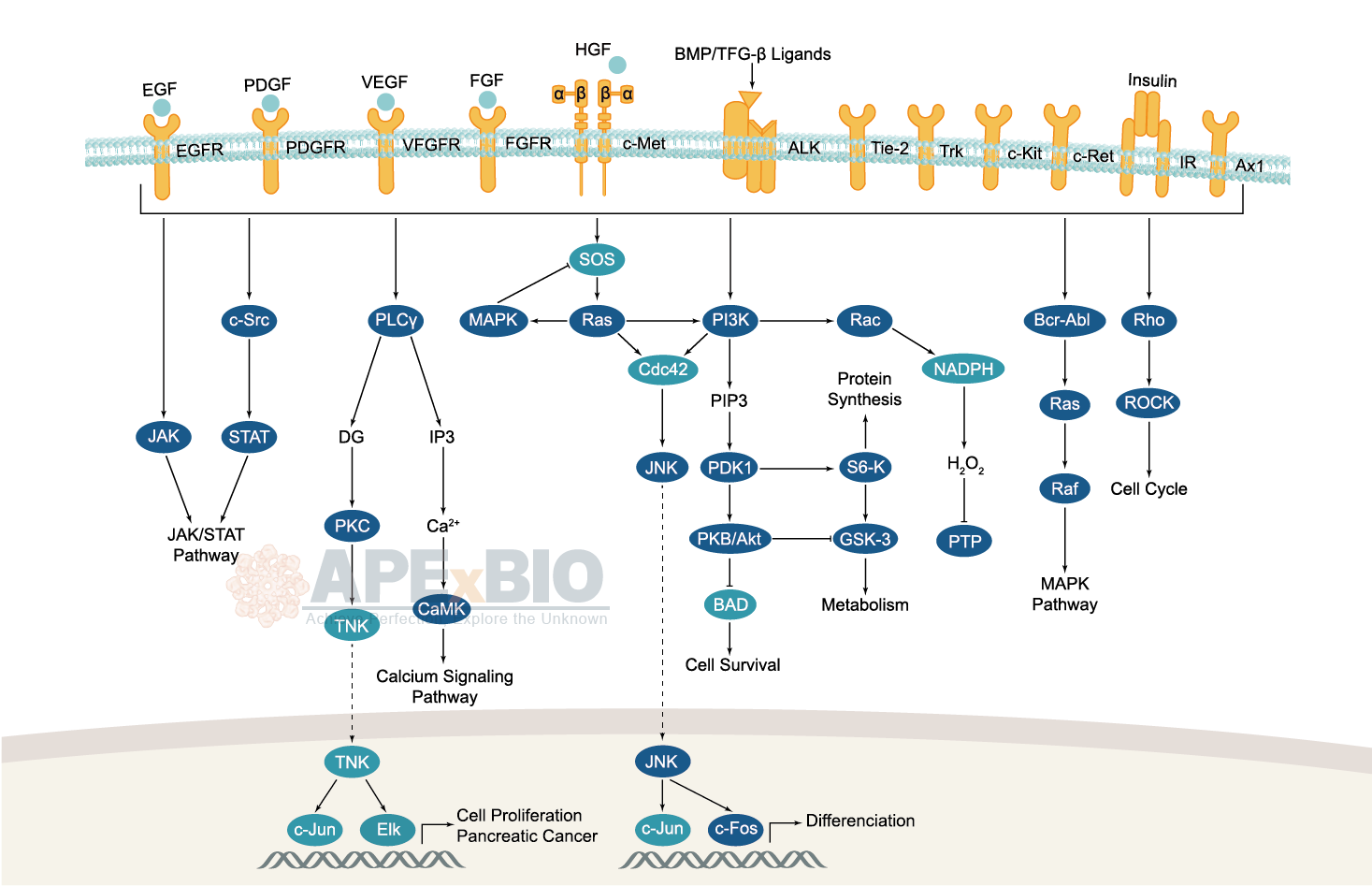
Receptor tyrosine kinases bind to extracellular ligands/growth factors, which promotes receptor dimerization and autophosphorylation of receptor tyrosine residues. This triggers a cascade of downstream events through phosphorylation of intracellular proteins that ultimately transduce the extracellular signal to the nucleus, causing changes in gene expression. Receptor tyrosine kinases include EGFR/ErbB, PDGFR, VEGFR, FGFR and MET subfamilies etc. Dysfunctions in tyrosine phosphorylation are linked to oncogenic transformation. In additions, various adaptor and effector proteins couple to carboxy-terminal of an active kinase. For instance, binding of the GRB2 adaptor protein activates EGFR and MAPK/ERK signaling.
Non-receptor tyrosine kinases involve many well-defined proteins (e.g. the Src family kinases, c-Abl, and Jak kinases) and other kinases which regulates cell growth and differentiation. For example, Src family kinases are curial for activating and inhibitory pathways in the innate immune response.
-
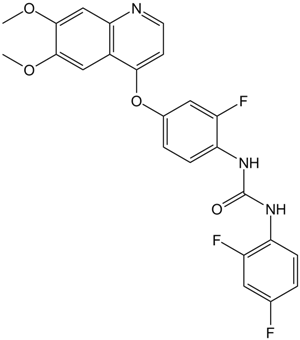 A1821 Ki8751Target: VEGFRSummary: VEGFR-2 inhibitor,potent and selective
A1821 Ki8751Target: VEGFRSummary: VEGFR-2 inhibitor,potent and selective -
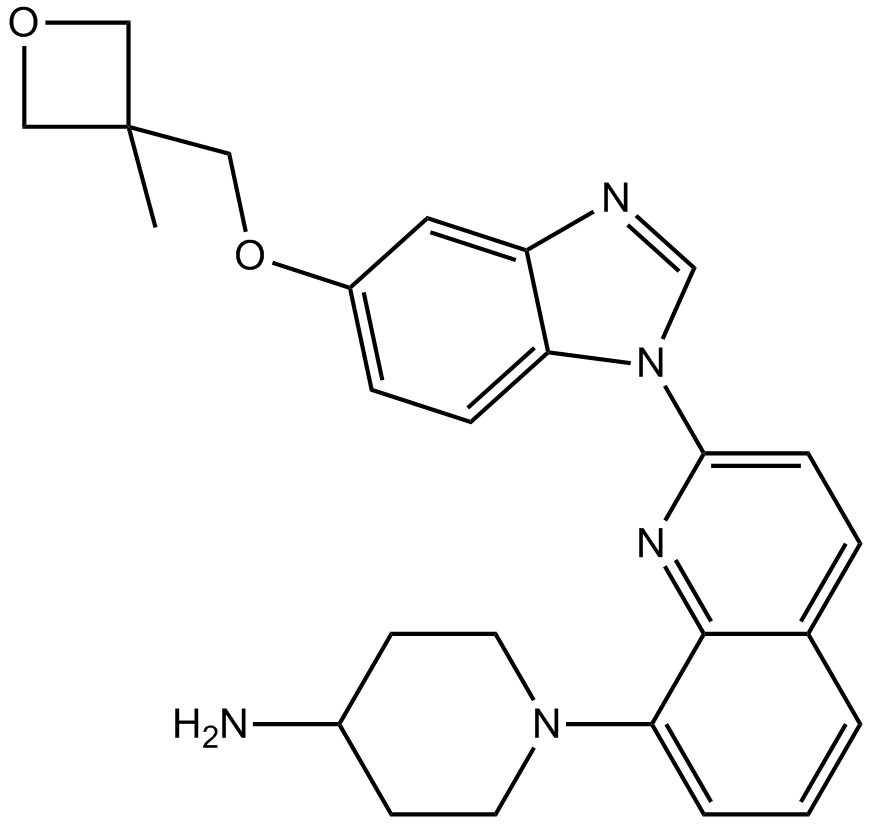 A8307 Crenolanib (CP-868596)1 CitationTarget: FLT3|PDGFRSummary: PDGFR-β inhibitor,potent and selective
A8307 Crenolanib (CP-868596)1 CitationTarget: FLT3|PDGFRSummary: PDGFR-β inhibitor,potent and selective -
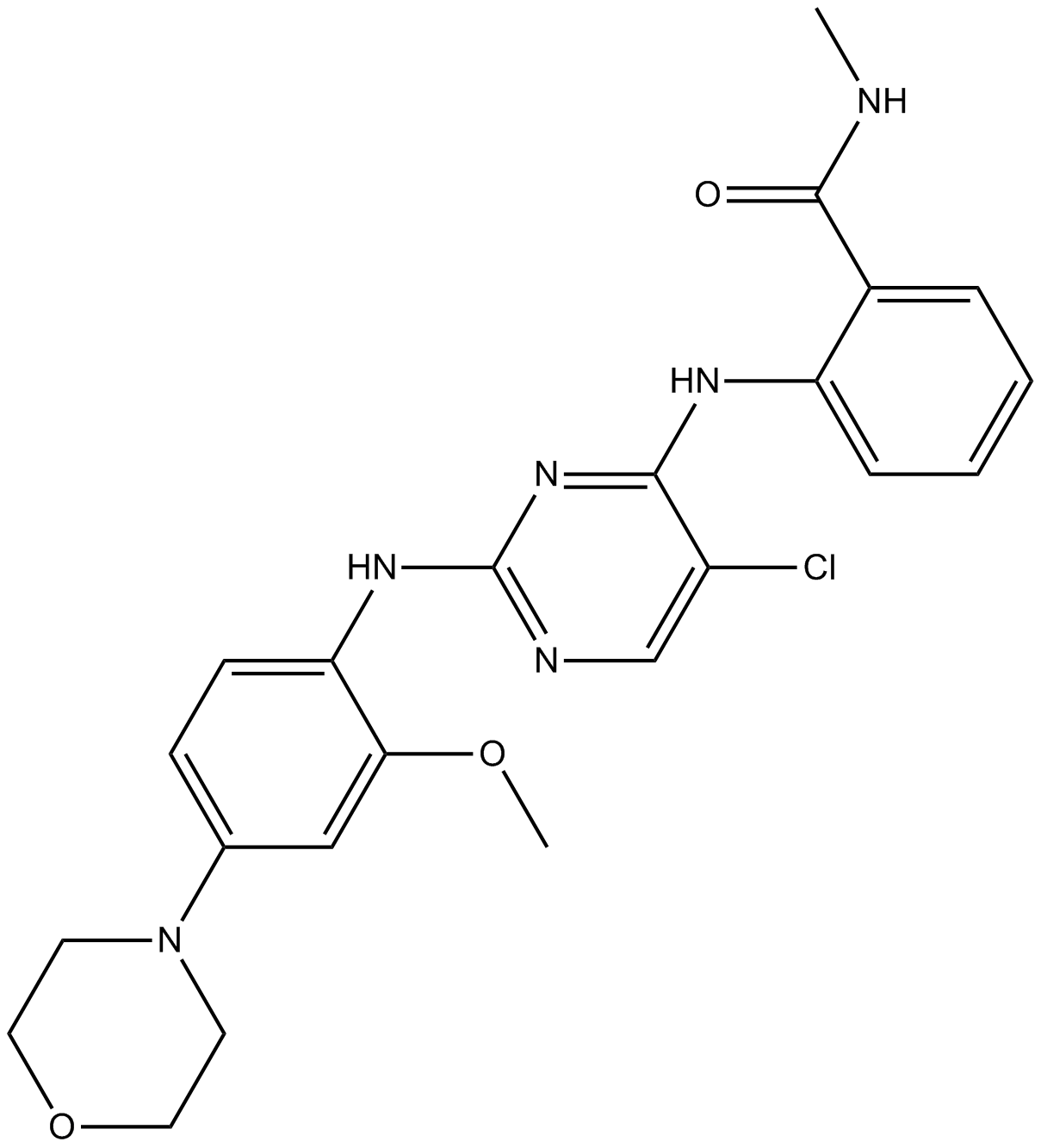 A8557 TAE226 (NVP-TAE226)1 CitationTarget: FAKSummary: FAK inhibitor,potent and ATP-competitive
A8557 TAE226 (NVP-TAE226)1 CitationTarget: FAKSummary: FAK inhibitor,potent and ATP-competitive -
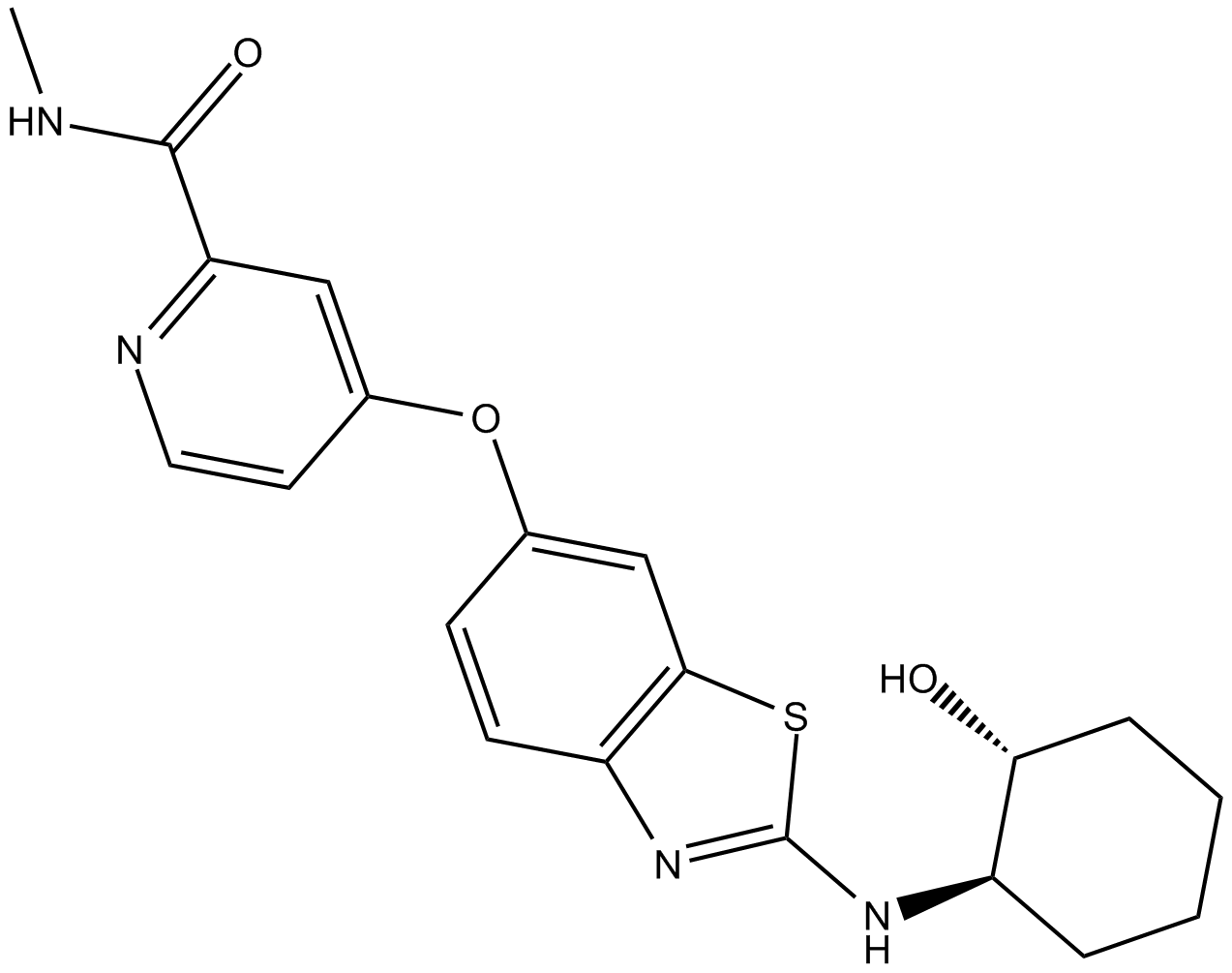 B4899 BLZ9451 CitationTarget: CSF-1RSummary: CSF-1R kinase inhibitor
B4899 BLZ9451 CitationTarget: CSF-1RSummary: CSF-1R kinase inhibitor

